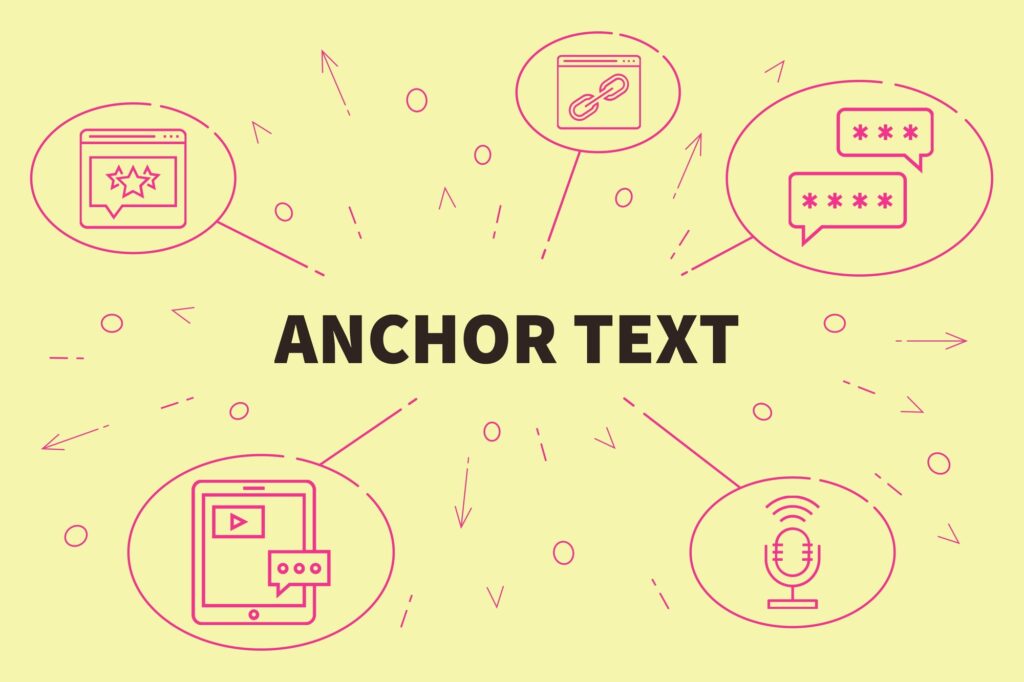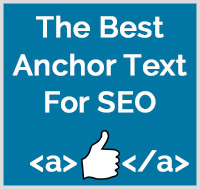What Is a Technical SEO Audit and Why Does It Matter?
Even the best-written content in the world won’t rank if your website is broken behind
Home » The Best Anchor Text For SEO Backed By Research

Even the best-written content in the world won’t rank if your website is broken behind
Google redefined the search experience with AI Overviews—a generative AI feature that instantly summarizes answers

Getting one of your blog posts ranked #1 on Google isn’t as difficult as you may think!
Backlink research is the secret to understanding what anchor text is needed to rank higher than your competition.
SEOJet has done hours and hours of backlink research on your behalf. That way we can give you the best advice to start boosting your SEO.
Our team literally analyzed every backlink on every page that ranked #1. We did a ton of random searches and noted everything we found.
By the end, our team couldn’t see straight anymore and we started thinking the word “Google” was fake. The process was very long and super boring but it told us everything we needed to know about ranking content.
A key conclusion of our research was that many blog posts often ranked #1 on Google!
It wasn’t just homepages or individual webpages, blogs were doing it too.
Blogs did it by reaching a certain word count (based on SEO studies long-form content over 2,000 words ranks higher), getting links from high authority domains, and being shared across the web.
And here was a big surprise!
Blog posts ranking #1 on Google had one anchor text in common: the blog post title.
That’s right! Each of these high-ranking blogs used the post title as their anchor text!
What is “blog post title anchor text” and how did it work so well? It sounds like cheating but it worked like a charm.
Page title anchor just means the anchor text was the meta title of the page being linked to.
If, for example, you were looking at all of the links pointing to a #1 ranked web page and you categorized all of the links, the highest percentage of links pointing to that page would have the full blog post title as the anchor text.
Like this: How To Build Backlinks – Proof From 5,734 Links
SEOJet categorizes this as the page title because what almost every blogging software does is use the blog post title as the meta title.
On average, the #1 ranked websites involved in the research had the page title as the anchor text on 32% of their links.
This means that if they had 100 links pointing to that page, 32 of them had the page title as the anchor text.
It all seems very high but it kept occurring over and over again.
Why was this important?
If you’re writing an article and you want to reference another blog post, it’s extremely natural to link to the blog post like that.
Also, if you know SEO then what are you going to do with your blog post title?
Exactly, you’ll put your key phrases in the title.
So every link you get with your post title as the anchor includes the key phrases you want to rank for.
Google is smart enough to pull your key phrases out of the long anchor text and give you credit for them.
And because it is your post title, you can get an unlimited number of links with that as your anchor and it looks perfectly natural to Google.
Talk about a revelation!
The SEOJet team immediately started using page title anchor text and recommended it to our clients.
We built out the link maps with the correct percentages of all 12 types of anchor texts and started building links.
Of course, there were some naysayers. Several SEO professionals spoke against it and said it would never work.
But, we had the research to support our strategy. And the results have been phenomenal!
We started using this strategy on some of our sister sites like GuestPostTracker.com. These new SEOJet link maps helped them rank higher by using phrases like “guest post,” “guest blogging sites,” and “guest posting sites.”
It’s also important to note that this was on a new site (less than one-year-old) and in a very competitive niche with established players like Kissmetrics and Backlinko.
The entire process was a cinch thanks to SEOJet’s link maps, which provided a clear plan to build new links with the very best anchor text. All we had to do was follow it.
But some of you may be asking: “what if the page I’m optimizing is not a blog post?”
Don’t worry. Let’s take a look at that anchor text to show you how it works.
It’ll simply be your key phrases with some random, natural-looking text around the phrase or phrases.
For example, if you were trying to rank for “blue widgets,” you could achieve the same effect as the page title anchor by getting links like:
“these blue widgets are the best” “you can find blue widgets in any local” “blue widgets from YOUR COMPANY NAME”
All you have to do is mask your key phrase by putting natural-looking text around it.
The only difference between these and the page title anchor text is you have to do a good mix of these, you can’t do the same exact anchor text over and over.
Don’t forget Google is smart enough to pull your key phrase out and give you credit for it.
The strategy we are discussing in this blog can be used when building links to any page.
Based on our research, there are 12 different types of anchor text. They all play an important role in ranking to be #1.
The page title is just one of them.
SEOJet can help you generate an anchor text profile that will increase rankings without raising any red flags.
Our proven link maps build a custom link plan so all you have to do is go out and get the links we tell you to get and your rankings will rise to the top of Google.
Tired of spending thousands on SEO that doesn’t work?
Sign up for my free SEO crash course and I will teach you an SEO strategy that will get you top rankings faster than ever.